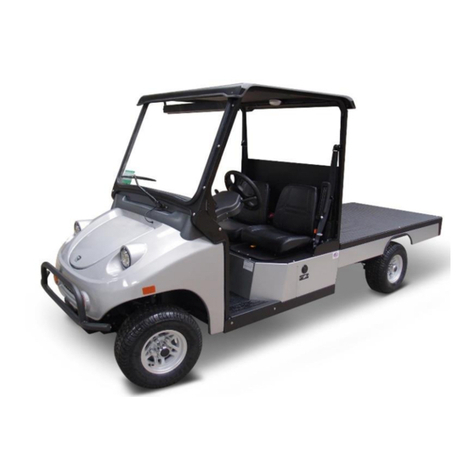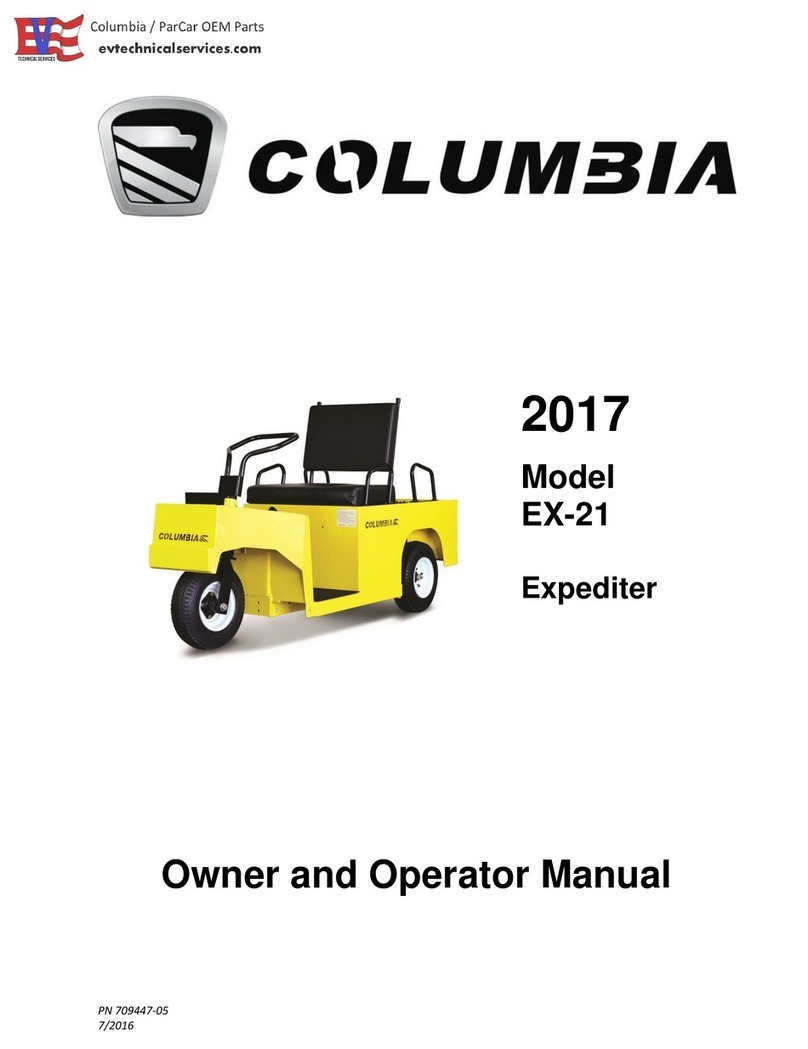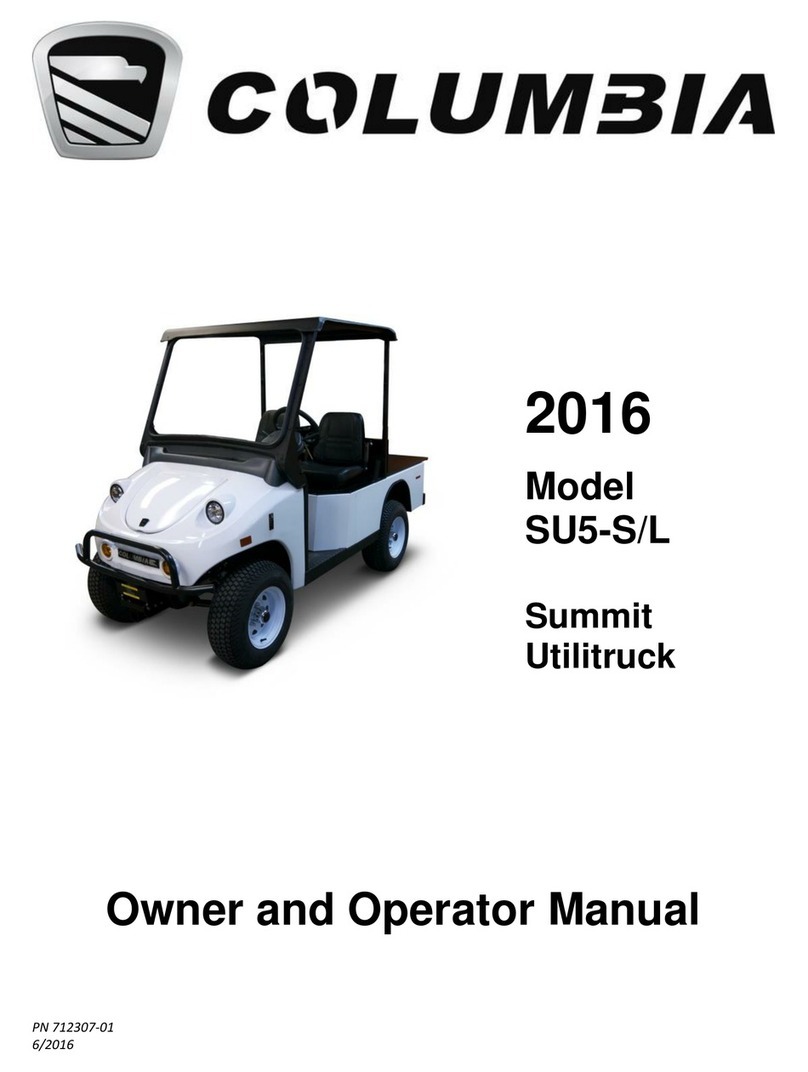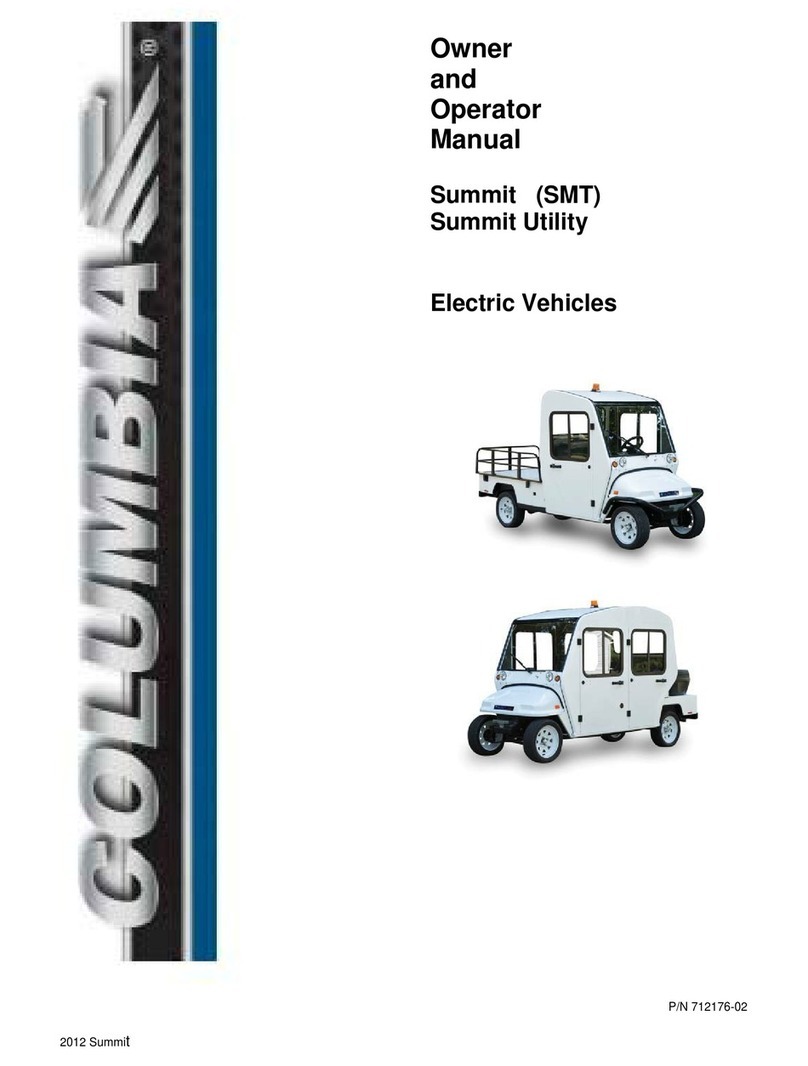
Stockchaser IS12
Page 1
TABLE OF CONTENTS
INTRODUCTION PAGE
TABLE OF CONTENTS .................................................................................................. 1
SAFETY MESSAGES ..................................................................................................... 2
VEHICLE DESCRIPTION ................................................................................................ 3
VEHICLE IDENTIFICATION NUMBER LOCATION ........................................................ 3
VEHICLE IDENTIFICATION NUMBER DECODING........................................................ 4
VEHICLE SPECIFICATIONS .......................................................................................... 4
SAFETY
GETTING STARTED ....................................................................................................... 5
SAFETY GUIDELINES .................................................................................................... 5
VEHICLE SAFETY STATEMENTS ................................................................................. 5
ADDITIONAL OPERATING SAFETY CONCERNS ......................................................... 7
OPERATIONS AND CONTROLS
IMPORTANT FIRST STEP .............................................................................................. 7
INSPECTING THE VEHICLE .......................................................................................... 8
WHAT TO DO IN EVENT OF A PROBLEM NOTICED DURING INSPECTION .............. 8
VEHICLE CONTROLS .................................................................................................... 9
HORN BUTTON .............................................................................................................. 9
KEYSWITCH ................................................................................................................... 9
BATTERY STATE OF CHARGE METER ........................................................................ 10
SYSTEM STATUS LIGHT ............................................................................................... 10
HOUR METER INDICATOR ............................................................................................ 10
LIGHT SWITCH ............................................................................................................... 10
DIRECTION KNOB ......................................................................................................... 10
ACCELERATOR AND BRAKE PEDAL ........................................................................... 11
PRE-OPERATION CHECKLIST ...................................................................................... 12
DRIVING THE VEHICLE ................................................................................................. 13
BACKREST POSITION ................................................................................................... 13
STEERING THE VEHICLE .............................................................................................. 13
PARKING THE VEHICLE ................................................................................................ 13
ELECTRIC SYSTEM
BATTERY INSPECTION & MAINTENANCE ................................................................... 15
BATTERY CLEANING ..................................................................................................... 16
CONDITIONS WHICH AFFECT CHARGING .................................................................. 17
BATTERY CHARGING SYSTEM .................................................................................... 18
CHARGER ERROR CODES ........................................................................................... 19
CHARGER INTERNAL ALGORITHM SETTING .............................................................. 20
EXCESSIVELY DISCHARGED BATTERIES .................................................................. 21
BATTERY REMOVAL & INSTALLATION ........................................................................ 21
TIPS FOR PROLONGING BATTERY LIFE ..................................................................... 22
SINGLE POINT WATERING SYSTEM ............................................................................ 22
ROLL OUT BATTERY TRAY ........................................................................................... 23

































